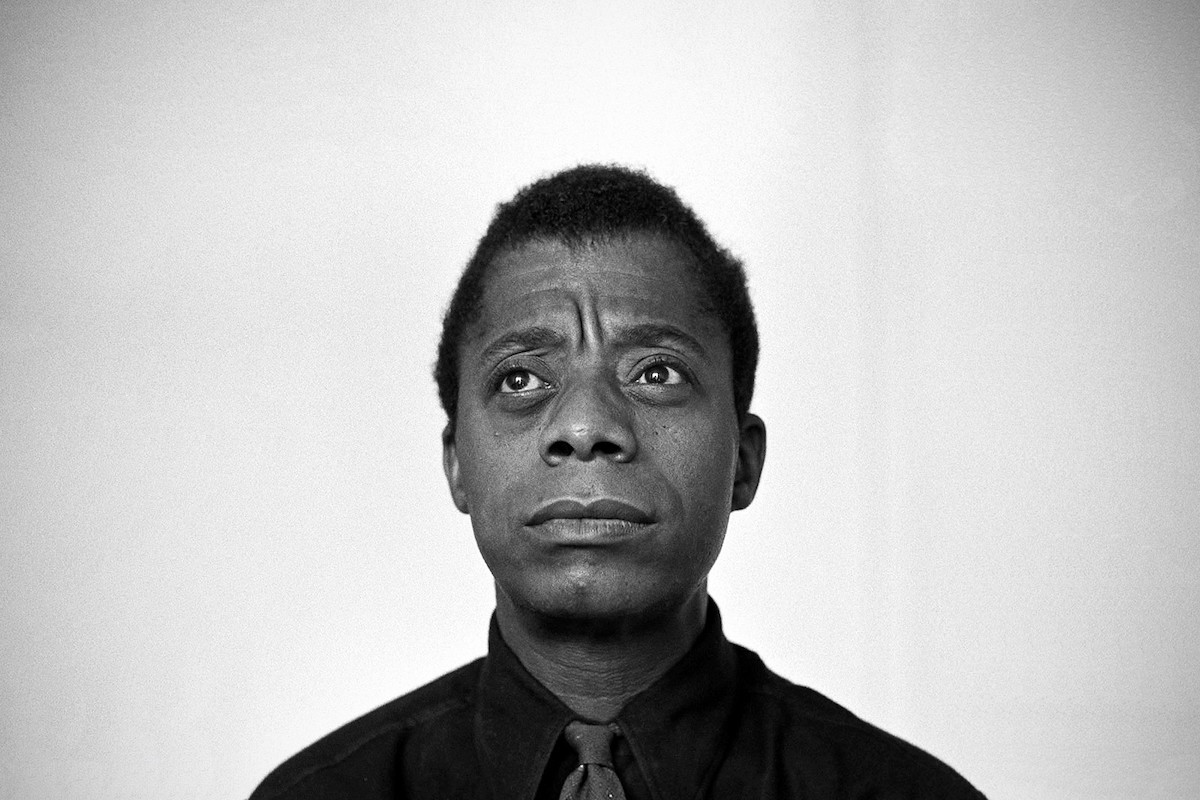[dropcap]In[/dropcap] the July 1960 issue of Esquire magazine, the essayist and fiction author James Baldwin wrote a piercing love letter to the neighborhood of his birth. “Fifth Avenue, Uptown” detailed the beauty and burdens of life in Harlem, tracing the roots—and, more importantly, the effects—of housing segregation, anti-black policing, and the mundane horror of poverty. [mc4wp_form id=”6042″]

Baldwin’s reflection ended with an exhortation to the white Northern reader: “It is a terrible, an inexorable, law that one cannot deny the humanity of another without diminishing one’s own: In the face of one’s victim, one sees oneself,” he wrote. “Walk through the streets of Harlem and see what we, this nation, have become.”
But Baldwin’s Harlem was never defined solely by the external circumstances that shaped it, or by the adversity that characterized its residents’ lives. Though mired in hardship, Baldwin’s Harlem held a distinct tenderness. The black people who called it home shared a kind of love that buoyed them—and the neighborhood—through storms of injustice.


You must be logged in to post a comment.